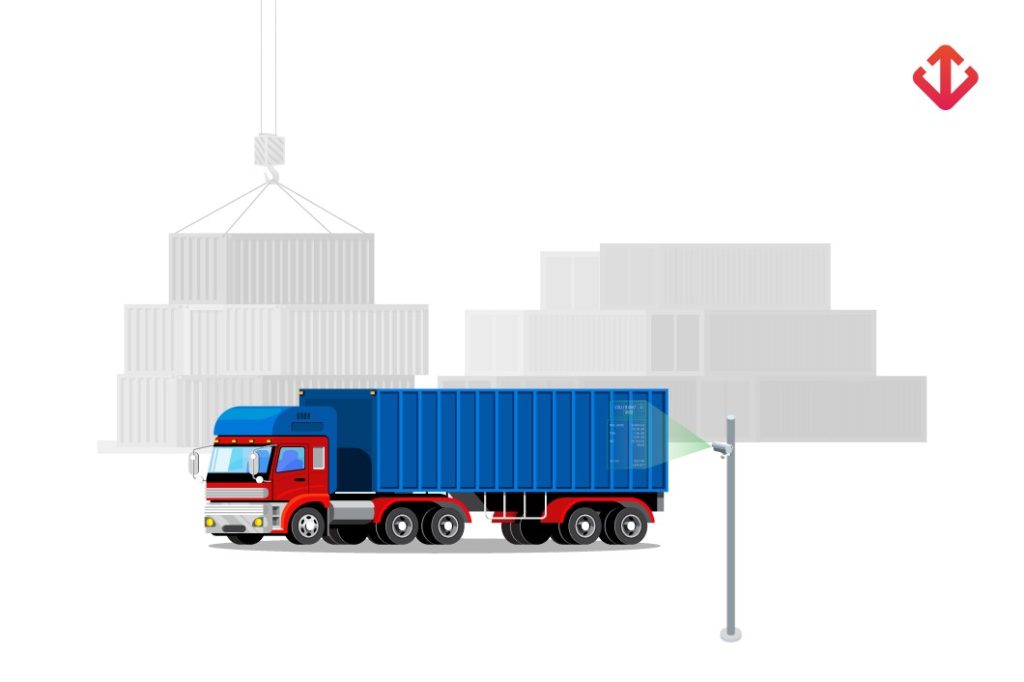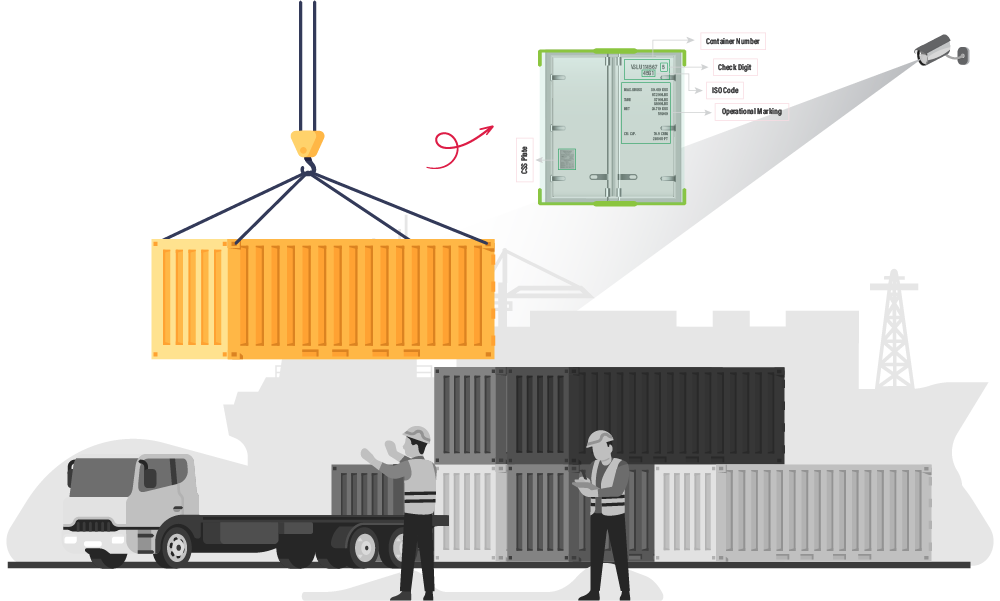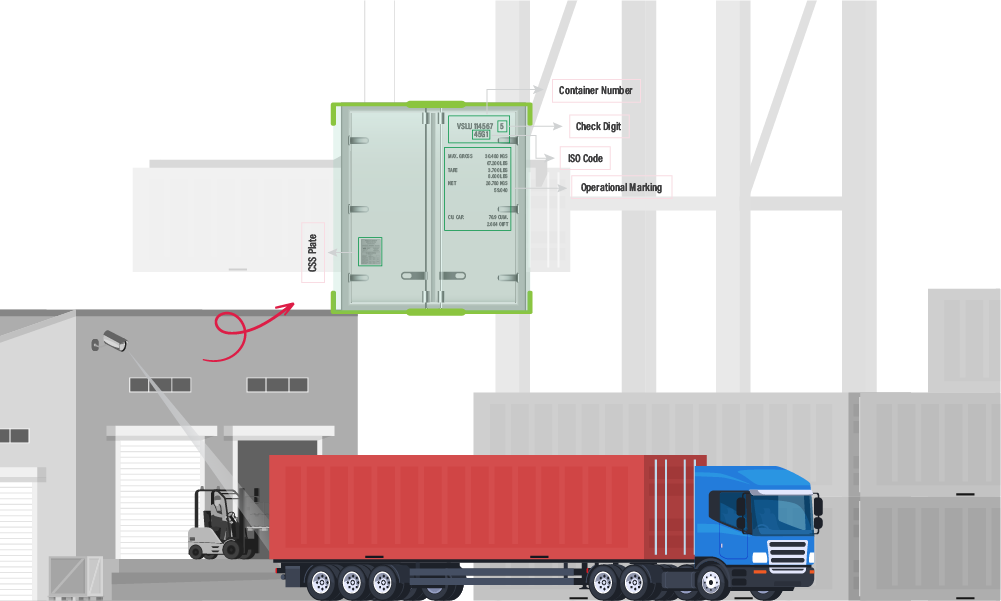How to Choose the Best Container OCR Solution for Your Supply Chain

Ruchir Kakkad
CEO & Co-founder

Where’s my order?
That single question keeps logistics managers awake at night.
The world moves at breakneck speed, and on-time delivery isn’t just a goal. It’s a silent pledge. That pledge pushes logistics teams to juggle speed, cost, and customer happiness all at once. But how do they handle it?
Real-time inventory tracking with AI computer vision is a huge leap forward. It helps warehouses and supply chains run in smarter ways. They get items out the door quicker. They also dodge big slip-ups.
Let’s see how this technology could shape the future of logistics.
But first, the basics.

Real-time inventory tracking means you always know what’s in your warehouse. You also know exactly where it’s located and how it’s moving this very second. No more waiting for manual data entries or sporadic stock counts. Instead, real-time systems rely on cameras, sensors, and AI to provide instant updates.
Pair that with AI computer vision, and you have a system that watches everything non-stop. It scans shelves, follows product movement, and even flags items that look off or damaged. Picture a tireless set of eyes. These eyes never blink and keep your warehouse in check 24/7.
Speed and accuracy rule the logistics world. Customers crave on-time deliveries. Businesses can’t afford mistakes or delays. Real-time inventory tracking offers the magic formula to stay flexible and responsive. Here’s how:
No guessing. No crossed fingers. With up-to-date numbers, you know exactly which items are on hand. That means fewer awkward moments when you realize you don’t actually have enough stock.
Manual stock counts take forever and invite human error. An AI system takes care of this automatically. It even alerts you to misplaced items or possible damage, so you can dodge big headaches.
Real-time data helps you plan. You can buy more before you run out. You can also tailor your stock to actual demand. That means fewer wasted resources.
People want quick shipping. Real-time tracking helps your team find items faster, package them, and ship them without holdups.
AI computer vision is like the brain of modern inventory tracking. Here’s the short version:
Cameras watch shelves 24/7. They identify items, track their location, and detect potential damage.
AI analyzes the camera feed. It spots patterns, updates your inventory counts in a flash, and never needs a coffee break.
The system warns you if something’s off like a low stock or items stored in the wrong place. It also shows you which products are hot sellers and which ones are just gathering dust.
This mix of sensors and AI gives you full control. Nothing slips through the cracks. Your warehouse runs a lot more smoothly.
You see your exact inventory at any moment. Mistakes drop, and you always know the latest status of your stock.
AI suggests where items should go. That can free up room and make it easier to grab goods when you need them.
With tight control on inventory, you avoid buying too much or too little. You spend less on storage and reduce the risk of waste.
If there’s a sudden demand spike or a supply chain holdup, real-time data helps you adapt quickly. You’ll stay cool under pressure.
When everyone sees the same inventory data warehouse workers, suppliers, and delivery team’s it’s easier to stay on the same page. Miscommunication goes down, and teamwork goes up.

Real-time tracking does even better when connected to other systems like Warehouse Management Systems (WMS), Transportation Management Systems (TMS), and ERP platforms. By plugging these together, you can:
When these systems speak to each other, you cut down on wasted effort. Everyone benefits.
In logistics, real-time inventory tracking is no longer optional. It’s edging into must-have status. People expect quick deliveries, and companies want fewer slip-ups. Real-time tracking hits both targets. With AI computer vision in the mix, logistics pros can:
Real-time inventory tracking powered by AI computer vision is changing the whole logistics landscape. If you want operations that run smoother and respond faster, now’s a good time to jump in.
Ready to see how it can fit your business? Reach out today and find out how it could help you stay out front!